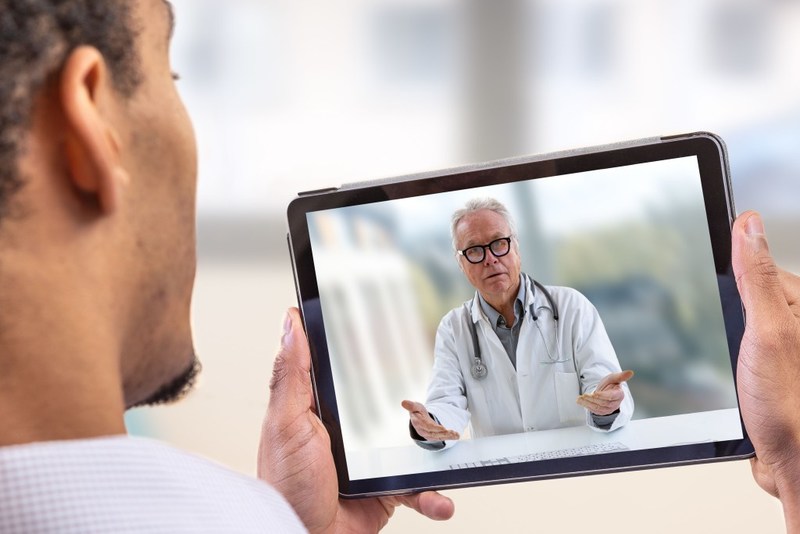
The holy month of Ramadan has come to an end. Eid al-Fitr starts with the sighting of the new crescent moon bringing the end of the blessed month of Ramadan and the onset of the month of Shawwal. All Muslims around the world have a big feast to mark the end of the fasting and celebrate with loved ones, family and friends.
The new moon is as essential for Muslims as it is the day of true freedom and independence. To declare the start of Eid, Muslims across the world begin with partaking in communal dawn prayers followed by a brief sermon which usually takes place in mosques or large halls. People also depend on some traditions like visiting neighbours and relative and accepting a varied range of feast as they bump into houses.
However, this year’s celebration is like no other. During the global pandemic, people are forced to stay at home in order to defend themselves against Covid-19. Communal prayers, mass gatherings, mobility and travels of any kind are strictly forbidden. With large-scale social restrictions being extended, people will still carry on the spirit of Eid al-Fitr, embracing the day of true freedom and independence, the new beginning and the new normal.
The brand-new days and the “new normal” are expected as people are struggling with the current dilemma facing healthcare systems worldwide. In the management of Covid-19, experts comprehensively utilize all professional platforms, including telemedicine to connect patients, medical practitioners and information. They also work on how to sustain the capacity to provide service not only for those affected with the virus but also for those suffering from other diseases while guarding the doctors, nurses, physicians and other allied health personnel. It is no surprise that Indonesia is transforming the healthcare system and now resorting to telemedicine to provide care whilst keeping patients in their homes.
In fact, the growth of telemedicine has been incremental long before the cases of the covid-19. Telemedicine, better known as remote medical care, refers to providing clinical healthcare through electronic communication technologies rather than through in-person visits between a patient and a doctor. Thanks to the latest advances in communication technologies, the service has improved significantly from the use of telephone, video calls and other forms of telecommunication application or software, making it helpful and very practical for the users.
Given the highest mortality rate of the Covid-19 cases in Asia, the Indonesian government is concerned and urging medical professionals together with entrepreneurs and healthtech companies to work in partnership to protect the population from the virus impacts and in other future situations associated with outbreaks of infectious diseases.
The efficacy of telemedical treatment and the uneven geographical distribution of medical professionals in rural areas are key drivers that the Indonesian Ministry of Health in collaboration with Gojek and Halodoc and Grab and Good Doctor via GrabHealth platform launched remote medical services to overcome the coronavirus pandemic. The MoUs were taken place on 23 March, and other local healthtech platforms such as Alodokter confirmed to follow the project soon.
“Indonesia has recorded around 1,200 deaths by the Covid-19. As the number of cases and mortality rate surge, it is crucial to note why innovation is important”, said Head of Medical Good Doctor Adhiatma Gunawan on SDG Virtual Talks’ Berobat Online: Cara Baru Selama Pandemi.
“Given the fact that hospitals are of threatening places for any infections during tough time like this, telemedicine exists by turning down the number of the in-person meetings between a patient and a doctor for (periodical) consultations and prescriptions, and so it may potentially reduce the number of secondary or tertiary infections that could occur on the way to the hospital or while waiting for the care”, he continued.
Healthcare system works best when all participants are all aligned – customers, providers, government agencies, payers and others work together as an ecosystem centered around patient care. There are pros and cons, of course, regarding how telemedicine works. Most people are concerned and questioning the rationale behind the remote treatment and whether or not it’s effective as usual care. However, it is also important to note that telemedicine is not established without medical steering committee and clinical standards. Through telemedicine, doctors are able to continuously identify and manage each patient’s condition, which may prevent patients from not receiving appropriate treatment if their condition worsen.
During ‘special’ times like these – the Covid-19 pandemic and celebration of Eid al-Fitr – we are all struggling with uncertainty and knowledge, but we all want to be healthy and fit as well. We deserve healthy lifestyle and good medical treatment. We all want to extend our life spans with the best health possible.
With the help of advances in technology, telemedicine is enabling people-driven health, thus improving healthcare outcomes as well as the system. Telemedicine is empowering everyone in the ecosystem to take control making more insightful and informed decisions to better manage the patient’s personal health journey, find out if a condition needs medical intervention and determine treatment options. It is also changing the healthcare world for the better.
For more information about the MoU between the Indonesian Ministry of Health, Gojek, Grab, Halodoc and Good Doctor head over to kemkes.go.id/article/view/20032300005/gandeng-gojek-dan-grab-kemenkes-luncurkan-telemedicine-penanganan-covid-19.html







